Table of Contents
Brakes are a touring component that you shouldn’t compromise on. A smooth and powerful brake will give you enough confidence to enjoy steep downhills that may have otherwise given you goosebumps.
This resource talks about all things brakes, covering the strengths and weaknesses of the four common touring brake systems available.
Mechanical Disc Brakes
Why
By far, the best braking performance available for touring bicycles (especially in the wet)
STI road shifter compatible (with road disc calipers)
Really long-lasting brake pads (10000km+ is common)
Braking does not wear down rim sidewalls
The brakes are unaffected by untrue/damaged rims
Why Not
The rotors are susceptible to bending during transportation
Contamination can occur from oils, lubes etc
It can be hard to obtain spare parts in remote locations (pads, rotors, adapters)
Not as simple to repair as a rim brake
Can be noisy when contaminated, dirty or untrue
V-Brakes
Why
A powerful rim brake option
Spare parts are common across the world
Super reliable
Easy to repair
Why Not
Mudguard clearance is an issue (particularly for wide 26″ mudguards)
Not STI road shifter compatible (however, you can still use mini v-brakes or Problem Solvers)
Slightly less pad clearance to the rim, compared to cantilever/hydraulic calipers
Hydraulic Rim Brakes
Why
The brakes pull consistently well in all weather conditions due to the hydraulic lines
Equally as powerful as the best rim brakes
Proven to be reliable
Excellent pad clearance from the rim
Why Not
Spare parts are hard to find
Not easy to repair yourself
You can’t use road bike handlebars
Wide mudguard clearance can be an issue
Cantilever Brakes
Why
Lots of mudguard and tyre clearance, especially in muddy conditions
STI shifter compatible (this is the main reason you’ll find these on stock touring bikes)
Great pad/rim clearance
Easy to repair
Reliable
Why Not
Reduced performance compared to disc or hydro rim/v-brake
Reliability
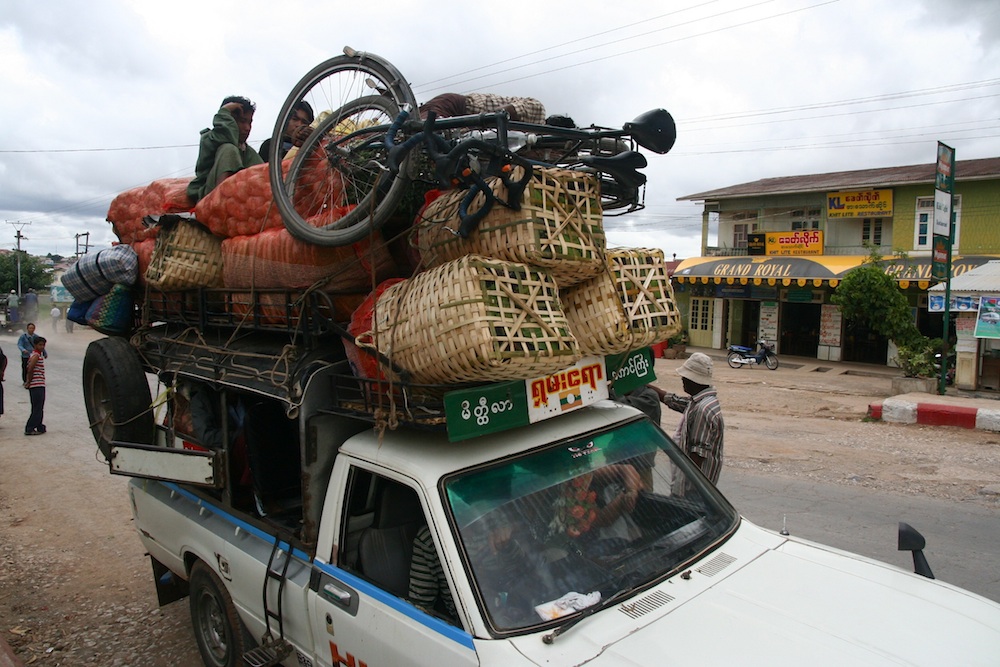
Rim brakes are susceptible to:
Reliability is key on a touring bike. Ideally, you want your touring bike to be as resilient as possible to riding abuse, road/weather conditions and vandalism. Disc and rim brakes have their advantages and disadvantages here.
Disc brakes are susceptible to:
Contamination. Disc brake pads can be affected by contamination, in fact, once a disc brake pad is contaminated there is a chance it may never become good again. Contaminated rotors should be cleaned with alcohol to ensure that they do not contaminate the pads.
Rotor damage. It is possible to warp disc rotors; even a slight warp can result in disc rub. I often take my rotors off when they’re susceptible to damage (flights), but have found that generally, my front and rear racks do a really good job of protecting my rotors.
Brake pad wear. Round-the-world cyclists often get over 10000km on a set of metal sintered disc brake pads; I generally get over 5000km on my tandem. This is roughly twice as much life as you can expect from a set of rim brake pads. Pad wear depends on weather conditions, the size of the hills you ride, how clean you keep your bike and how well your bike is maintained.
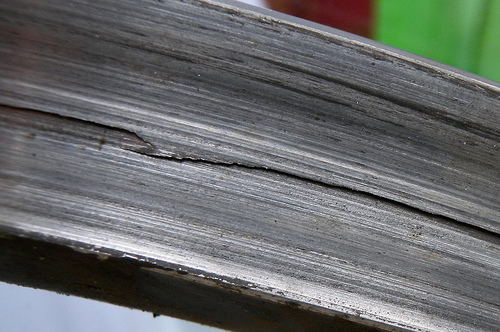
Rim wear. Cantilever, v-brakes and hydraulic rim brakes will wear out rim sidewalls over time, and even more so if you don’t clean your rims and your brake pads regularly. The most wear-resistant (and strongest) rims that I’ve found are made by Rigida (Andra 30 CSS and Grizzly CSS) which are coated with carbide and are meant to be almost impossible to wear out.
Contamination. A rim brake surface is very exposed, allowing oils and grime from the road to easily get onto your rims. Once your brake pads get a bit of oil onto them they will definitely slip a bit. That said, I’ve never been so affected by contamination that I cannot slow down at all. It’s easy to clean your rims; you can either just give it a simple clean with water, or use alcohols such as methylated spirits to break down the oils on your rim.
Brake pad wear. Rim brake pads often last about 5000km on a round-the-world touring bike. This is about half the distance of a set of disc brake pads in the same conditions.
Damaged rims. If you damage a rim on a bike that relies on a rim surface, this will impact on your ability to stop well. Unfortunately, rim brakes don’t work well with dinted and buckled wheels.
Braking Performance
On a loaded touring bike, you’ll sometimes need to stop a lot of weight, very quickly. This could be due to animals crossing the road, unexpected turns, cars driving out in front of you, large potholes or perhaps glass on the road. Random events will happen to you and will require the ability to stop quickly.
Disc brakes offer the best braking performance for touring bikes in both wet and dry conditions. Disc brakes really shine in adverse weather conditions as they’re unaffected by water and dirt.
V-brakes can slow a loaded touring bike in dry conditions very well, as can hydraulic rim brakes.
Cantilever brakes don’t quite stack up to the other rim brake options with regards to performance. This is because they use shorter brake arms with a lower leverage ratio.
Spare Parts
Spare brake parts are ideally available to you wherever you are, but this will not always be the case. The most common spares in countries around the world are rim pads, cables and replacement v-brake calipers. Disc brake pads, rotors and spare parts are often limited to larger cities only.
If you are riding a remote tour it’s best to carry as many spares as feasible. I generally recommend a few brake pads and some inner and outer cables.
Using V-Brakes With Road Handlebars
Firstly, check out the Cane Creek V-Levers. They’ll give you the right pull-ratio to match your v-brake calipers.
STI Road Shifters and V-Brakes – Option 1: ‘Mini’ v-brake calipers work directly with STI road shifters (ie. road bar compatible). The downside to these is that they offer less power than a standard v-brake, as well as decreased pad/rim clearance. They also don’t have the same tyre clearance as a standard v-brake. Check out the Tektro 926 or TRP CX9 if you do decide to go down this route.
STI Road Shifters and V-Brakes – Option 2: Check out the Problem Solvers Travel Agent. This cable adapter will change the pull-ratio between your road shifters and calipers. Note: the Travel Agent may interfere with your rear rack; make sure you have space first.
My Brake Recommendation for Touring Bikes
My overall brake recommendation is DISC BRAKES.
Disc brakes have truly proven themselves well on my bikes in terms of performance and durability through 50+ countries. They’re unaffected by damaged/untrue rims to boot.
My second preference is for v-brakes as they offer great power, reliability, serviceability and cheap parts. Riders heading into remote areas prefer v-brakes due to even the smallest shops carrying spares.
Although less powerful, it is easy to understand why a lot of touring manufacturers still offer cantilever brake calipers. Cantilever brakes offer lots of tyre/rim/pad/fender clearance and are directly compatible with STI shifters.



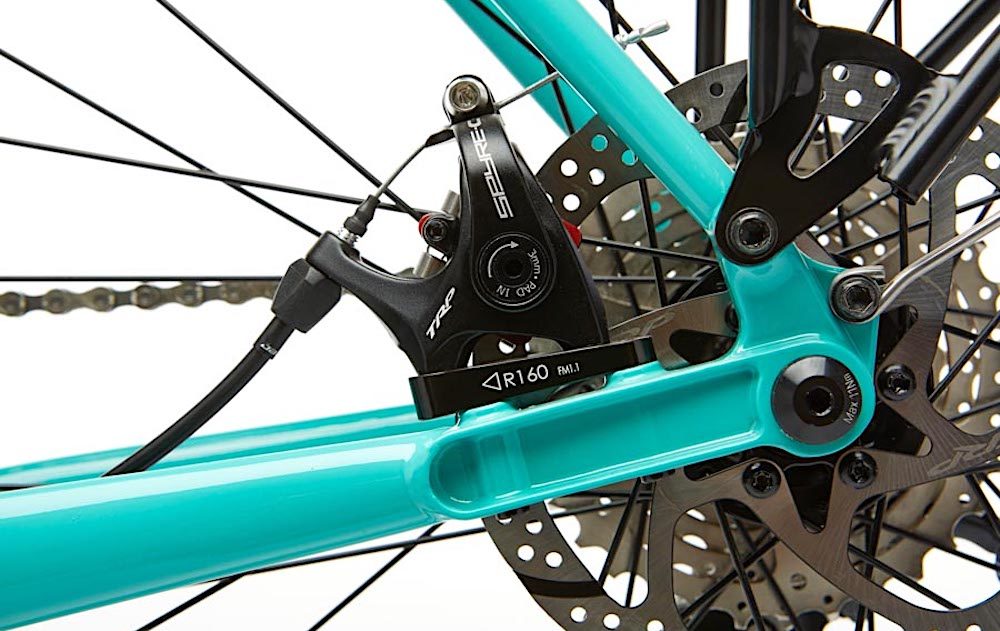
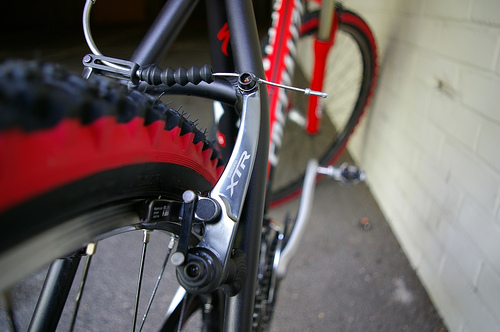
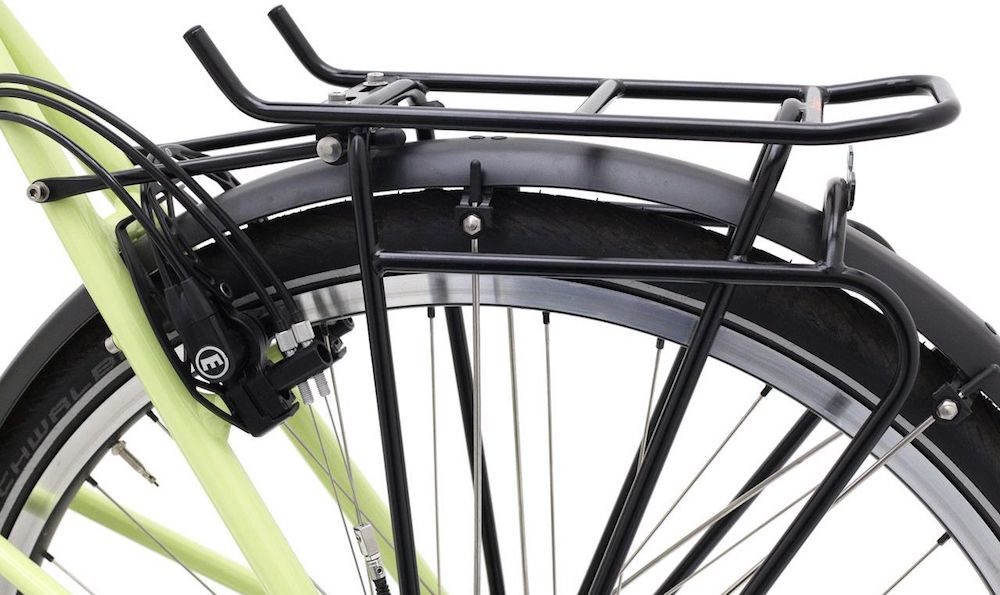
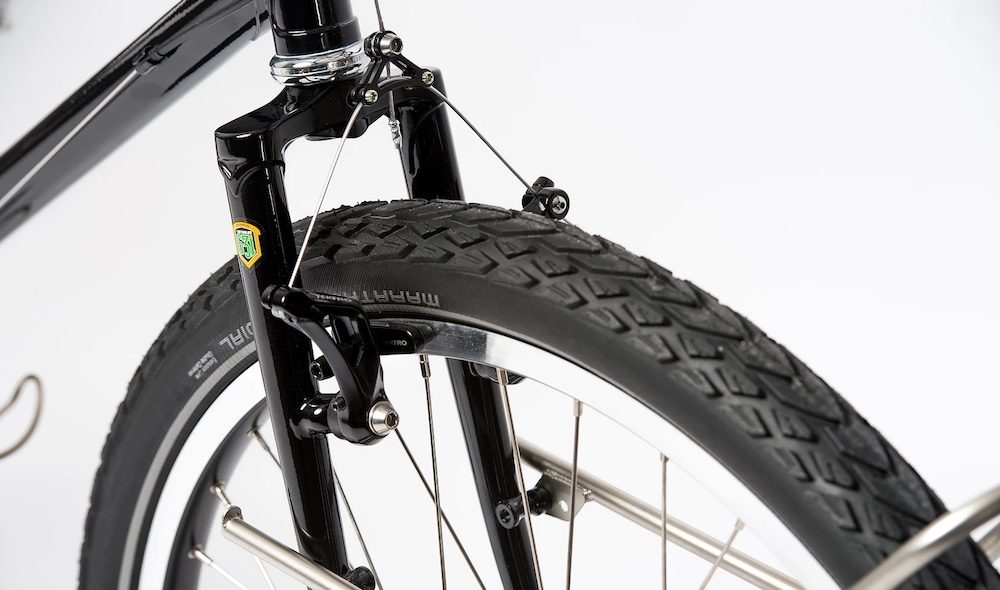
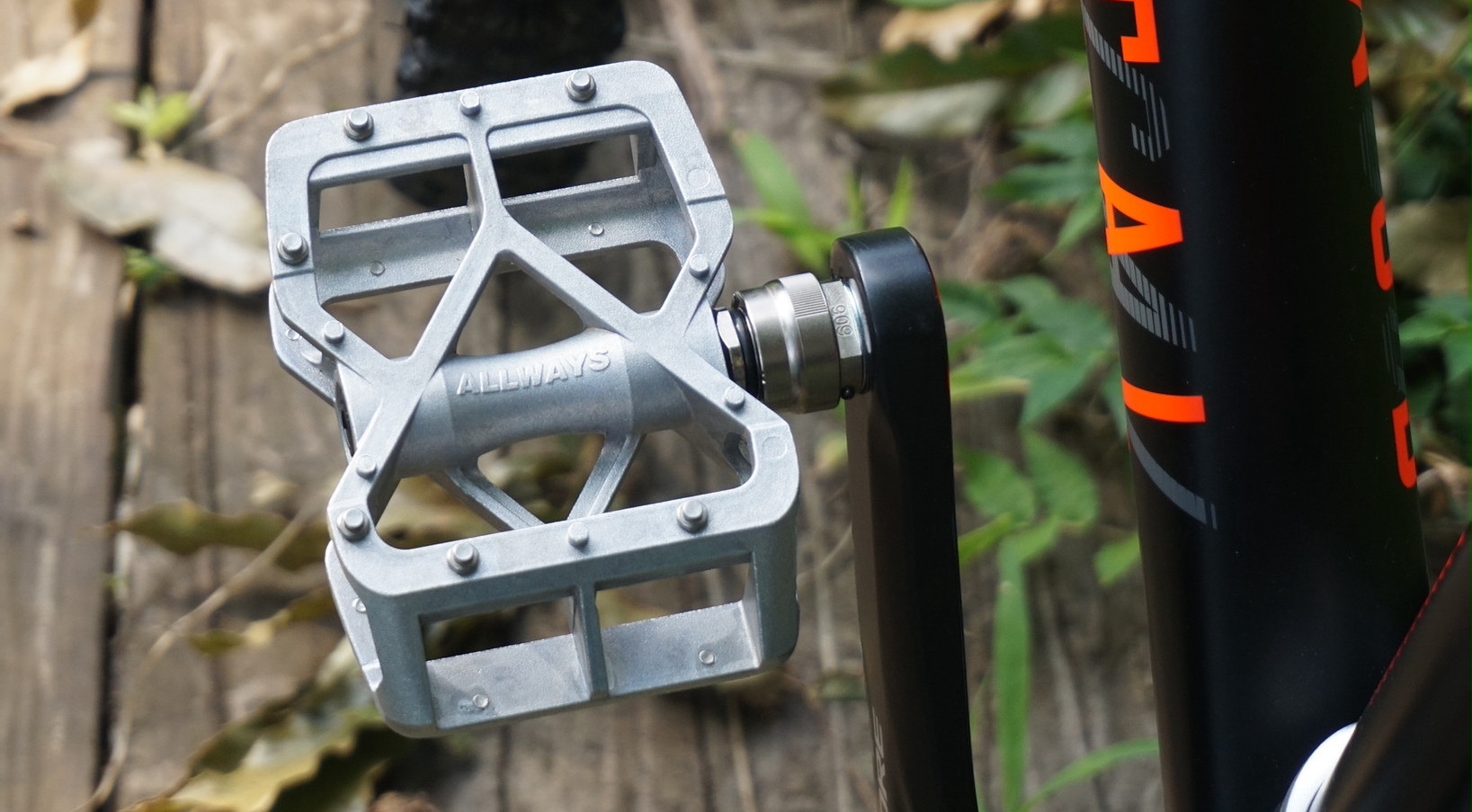
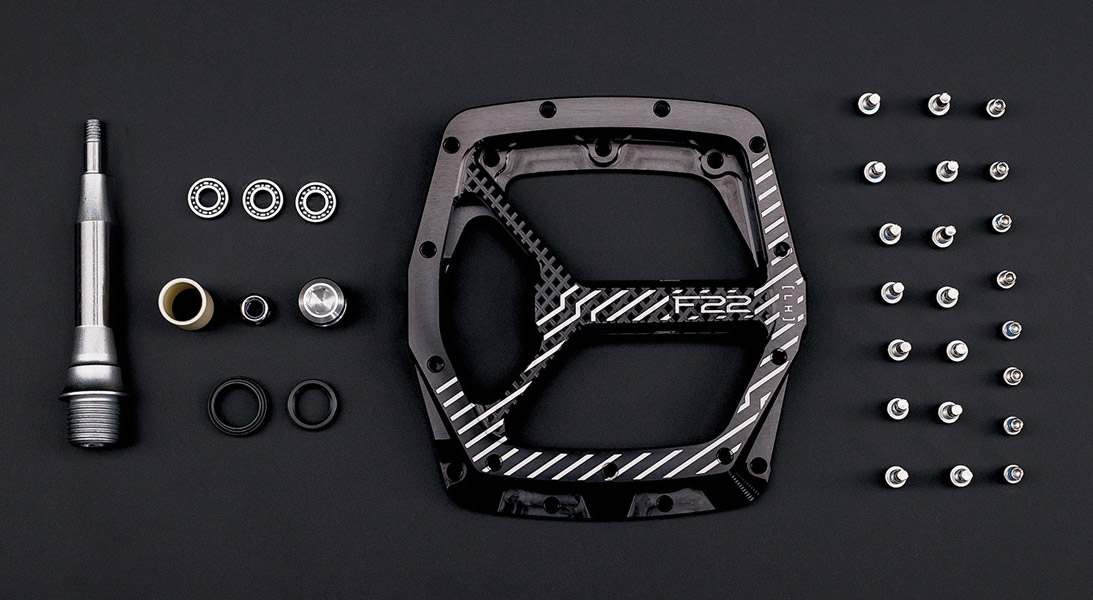
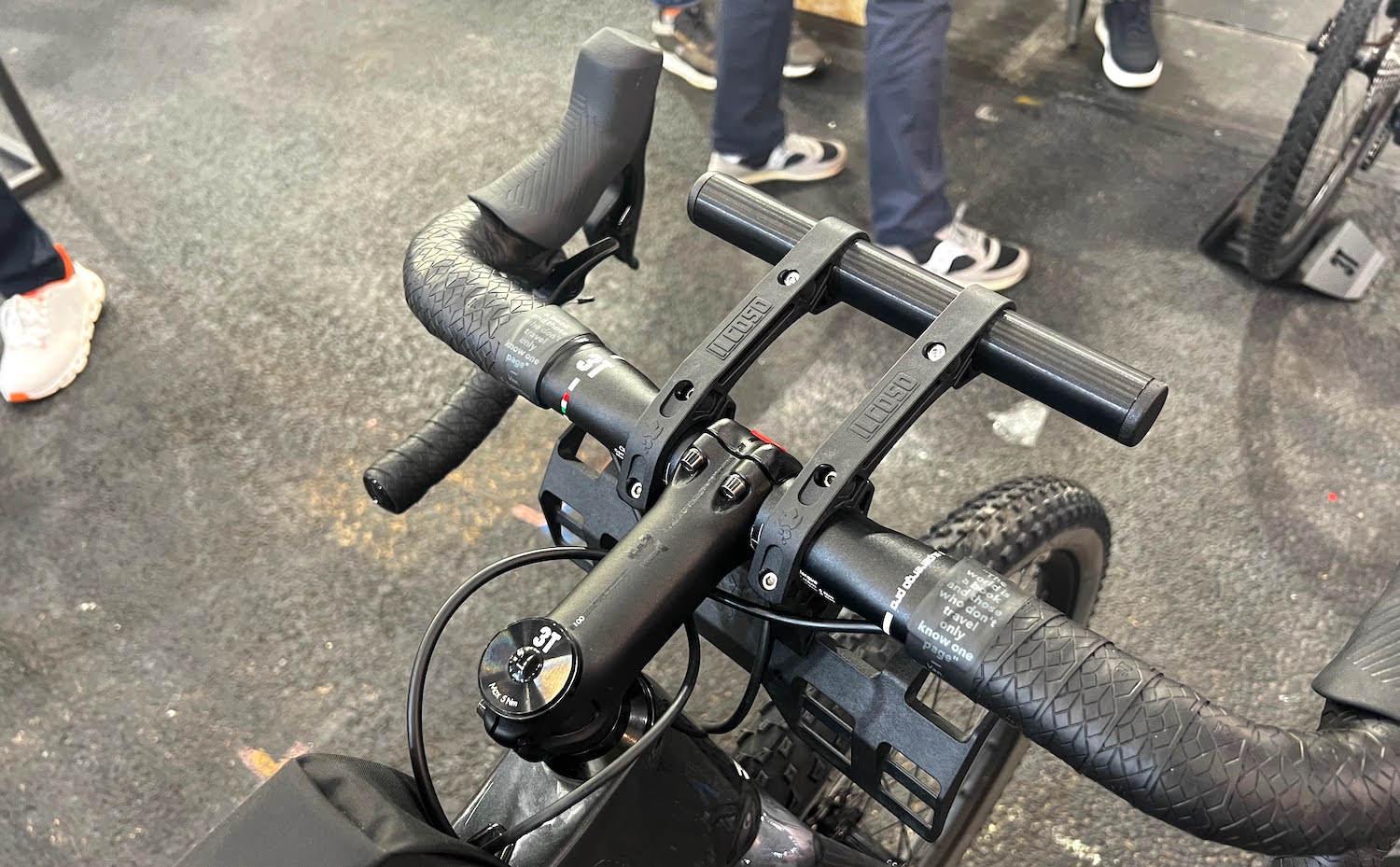

Absolutely fantastic info Alex. I am thinking of buying LHT as is and swapping out saddle, seatpost and putting on V brakes with the above cane creek lever option. Is there a recommended set of V brakes? I was just going to use Shimano Deore V’s.
Any comments?
Thanks for the feedback… and sorry for the slightly delayed response!
Great choice on bike and part swaps! I don’t recommend any particular v-brake caliper, but as a brand my preference is Shimano as they’re cost effective and offer heaps of power. Shimano v-brakes come with better brake pads the higher you go up the hierarchy, so if you went for a deore brake, you can swap out the brake pads for the more powerful XTR pad to get an even better brake feel!
Thanks ALex. One more query – the guys at the bike shop wondered if the Shimano V brakes would actually fit the LHT brake bosses, are you aware of any issues. I would like to avoid buying parts that don’t fit if I can
The brake bosses are the same size as any! You shouldn’t have any issues.
Disc brakes are still much more effective and have better stopping power.. this is why the Vivente World Randonneur I own has a front disc brake and standard canti brakes on the rear.. plus there’s a canti brake mount on the front fork too if the worst happens and the disc brake is damaged! Genius! 😀
One thing I didn’t see mentioned here is the use of mini V-brakes. The arms are a bit shorter so they don’t need the long pull of a V-brake lever. I put some on my LHT using the stock Tektro short-pull road levers and my stopping power is so much better than with the center pull cantilever brakes that came stock.
Hi Volker. We briefly covered mini v-brakes in this article under the v-brake summary. We agree that these brakes are a suitable upgrade for some extra power over basic cantilever brakes. You just needs to be a bit more careful with the setup, as the brake pads sit closer to the rim than with any other calliper brake. If you’re wanting to use mudguards or wider tyres, mini v’s might not be the best option over the combination of a standard v-brake and v-brake road lever. Alex
Oops. That’s what i get for skimming the article and then trying to do a text search which obviously failed.
I got the Surly LHT 2008 26in wheels and it had the
Cantilever Brakes and Road Levers
it had poor stopping power and In Aug 2012 I put on the
Avid Single Digit 7 V-Brakes with Cane Creek V-Drop Brake levers
with Kool Stop Salmon Brake pad Front and dual= Salmon/black Brake
pads Rear and 100% more stopping Power then canti’s Brakes
as for Disc Brakes I am Looking at the Surly Disc Trucker frameset ASAP
and I am Only Bicycle Touring in the USA!
Thank you
Tim Schneier
AKA Biketouringhobo
http://www.facebook.com/biketouringhobo/
Great article again Alee.
Disc blakes have more stopping power but they put a lot of strain on the spokes, the bigger the wheel the worese is this strain. That is not a issue for racing or any bike but it is an issue touring because long-term resilience is capital and we had the baggage load. To get the best of both worlds, hydraulic stoppin power and rim brake I think the Magura hydrualic rim brakes may be the best option for touring with heavy loads.
Once more the Germans have the edge,
.
Awesome article, thanks! Have just gotten into touring, and have been looking for a concise collection of information about touring brakes. Helped me a ton!
Great to hear!
1. I see some touring/trekking bikes come with Magura HS11 rim brakes, or sometimes HS33. Is there any sense in buying these vs. disc or V-brakes?
In general, you could write a feature article about your stance on these, many Trekking bikes come with HS11/33 in Europe, also from your list of recommended bikes.
2. On very long descents – here in Austria it is hilly, sometimes we go uphill for 30km, and downhill another 30km-, sometimes I’m afraid that my rims overheat, and my tyre explodes. Is this real, or I shouldn’t care?
Also, my hands get tired over time.
These would be the main reasons for a disc brake.
3. If I go with the Rigida Andra as you suggest, do you think I have to change my rims ever, or still, they get worn out in a couple of years?
In my opinion, hydraulic rim brakes are not of any benefit over a v-brake. They still wear rims out over time and are susceptible to mud and contamination. That said, Magura brakes have proven themselves to be very reliable, so I wouldn’t suggest swapping them out if a bike came with them.
Tyre blowouts from rim overheating is a thing. You’ve got to be careful on long descents – especially on a tandem. You can avoid overheating by not dragging your brakes. If you’re worried, you can stop every 5-10km.
Based on others’ experience, Rigida CSS rims should be good for 30-50,000km.
Magura hydraulic rim brakes with the correct pads are more powerful than any of the top end disc brakes I have raced and toured with. They are also more reliable for touring, lower maintenance than discs, are lighter and cheaper than equivalent quality disc systems, have better modulation/control than discs and important for enjoyable touring: are not noisy (Every disc system I’ve ridden has made horrible noises at some stage or other). I wonder why the reviewer makes no mention of Magura when they have made the best touring brake system for the last 20 years.
I would like to hear your comments about cable vs. hydraulic brakes! Many suggest hydraulic rim brakes but I have used a bike with Magura hydraulic rim brakes and the stopping power was not exceptional because the fork was not stiff enough and would flex under stress. So, the stopping power apparently does not depend solely on the brake and rim surface but also on the frame/fork stiffness. Apart from that, how do you compare hydraulic to cable disc brakes? I use Magura MT8 disc brakes on my MTB and love them, but apparently you suggest cable disc brakes for touring. Is that right?
Article is updated. 🙂
I am switching to the Ryde (formerly Rigida) Andra 30’s with CSS sidewalls and Swissstop Blue Brake Pads using shimano v brakes. I have heard reports of the brake pads lasting almost 20 000 kms. That is 10X longer rhan what I am currently getting with disc brakes. However, given the poor durability of my disc brakes, I expect the Swissstop Blue pads not to get anywhere near 20 000 kms.
My experience of touring with BB7 Sintered brake pads was an underwhelming 2000km of use before needing replacement. Most of that was in non-mountainous terrain. I have used them in 5 different countries; experiencing short pad life in all cases. Increasing my rotor size to 200mm front & back prevented brake fade from overheating (180mm front & 160mm rear almost resulted in a few crashes), but pad life remained poor.
I weigh 85 kg, bike in touring mode weighs 20 kg, and I haul 5-45 kg worth of stuff (“average” of 25 kg)
Interesting! On my fully loaded 200kg tandem I rode from Turkey to Kyrgyzstan (mountains!) on a set of pads. Then from Kyrgyzstan to the Philippines (mountains!) on another. Then from Cambodia to Australia on the next. That works out at about 10,000km per set of pads. I hope you have better luck with the CSS setup!
“My Most Ideal Brake Setup” is largely an illusion.
First, it is impossible to prepare for all eventualities. Happend to me that I set out with a super strong bike, then the rim broke leaving me with the problem to find a rim strong enough for a backwheel with Rohloff hub (special spoke length required) in China. As I couldn’t find one I had to rebuild both wheels using the former front wheel rim in the back and the new rim up front.
Second, it is becoming increasingly harder to find stock frames and forks equipped with both rim brake bosses and disc caliper mounts. If you want that, you usually had to get it customized to your specs and repainted – making the frame set almost twice as expensive (depending on the make, for sure).
Long story short: I opt for taking the plunge and live with insecurities, especially as the required spare is only a few clicks and delivery by international courier away, provide one has internet access.
hs33 are way better than any mechanical v-brakes, i am surprised how slowly brake pads wear and stopping power is about same as on good disc brakes, one steep descent on loaded bike and you will love them
maybe bring also a assistance car, in case the rim brakes fail 😉
Ahhhhhhh the choices. In my opinion if all durability and failure rates were the same then Hydraulic Disc brakes are the best performing brake especially when your moving a lot of weight. As far as durability, you get what you pay for. I have been using hydraulic disc’s on my tour bike and in over 3000 miles have replaces a set of rear pads and nothing else. Haven’t even needed to burp the fluid yet.
https://uploads.disquscdn.com/images/dc83580c387a2d3a7382949b4a0d712226057bf006ebcdea3f330c392e3a117f.jpg
Great article, Alee. What have you gone for in your new Koga build?
I’m going to be using Shimano XT hydraulic disc brakes. I’m a little bit hesitant about taking them, but I want to see how reliable they are on a multi-year trip.
Well done, very good article. I’m towing a heavy teardrop camping trailer and am using both disk and V-brakes on the rear wheel of my recumbent. Luckily, it has bosses to accommodate both, as have a few regular bicycle manufacturers such as LKLM (I’m currently ordering an LKLM Discovery with double brakes), Surley (Troll), and a couple of others that I see in your touring bike article. Most manufacturers that have both sets of bosses also have cable routing bits to keep the cables tidy, but do not offer double brakes as a factory option. I use two separate brake levers, spaced approximately 4cm apart to allow braking using both sets at once with two fingers on each lever, or selectively braking using just a single brake of the pair. As you have pointed out, different brakes operate differently depending on the circumstances. If I have a rim problem, I can still use the disk. If the disk is contaminated, I can still use the V-brake. This set-up allows me to ride a heavy bike, or a heavy trailer, into just about any situation, and still have adequate braking.